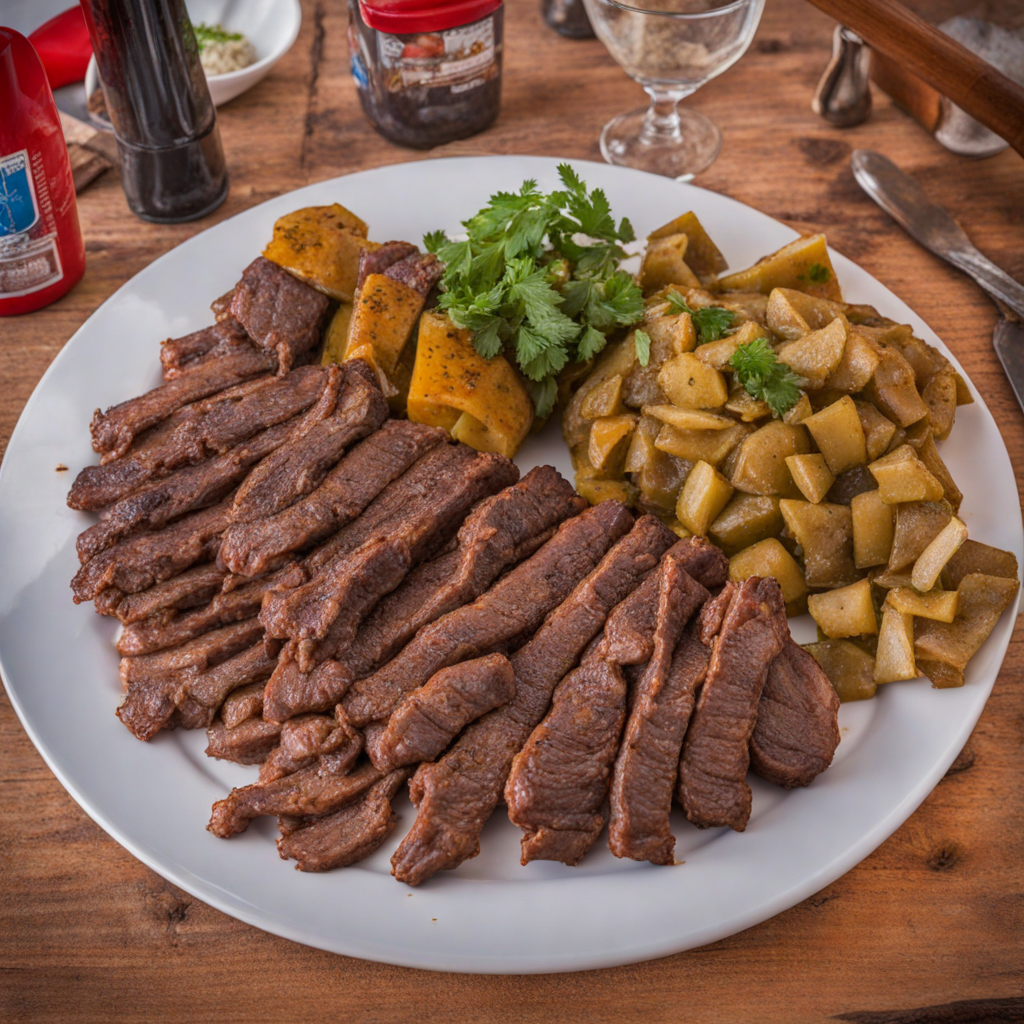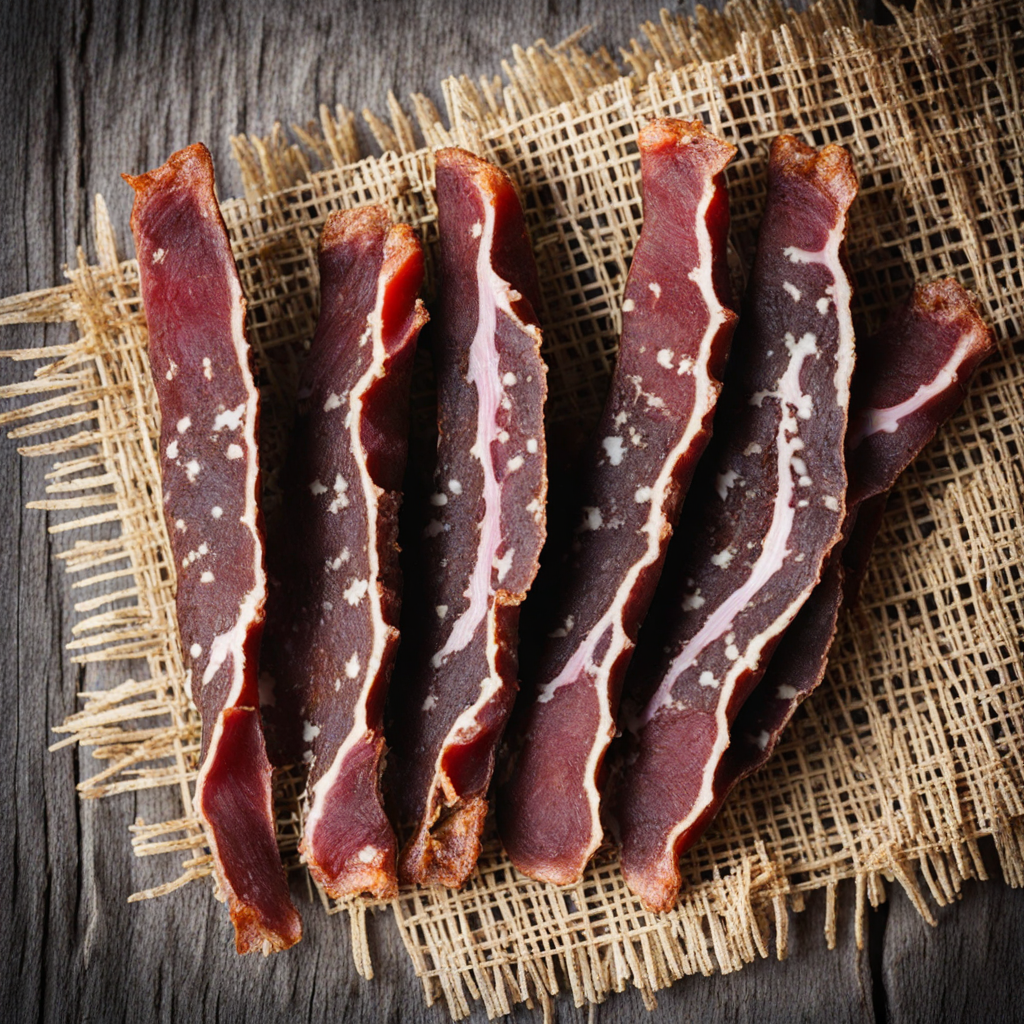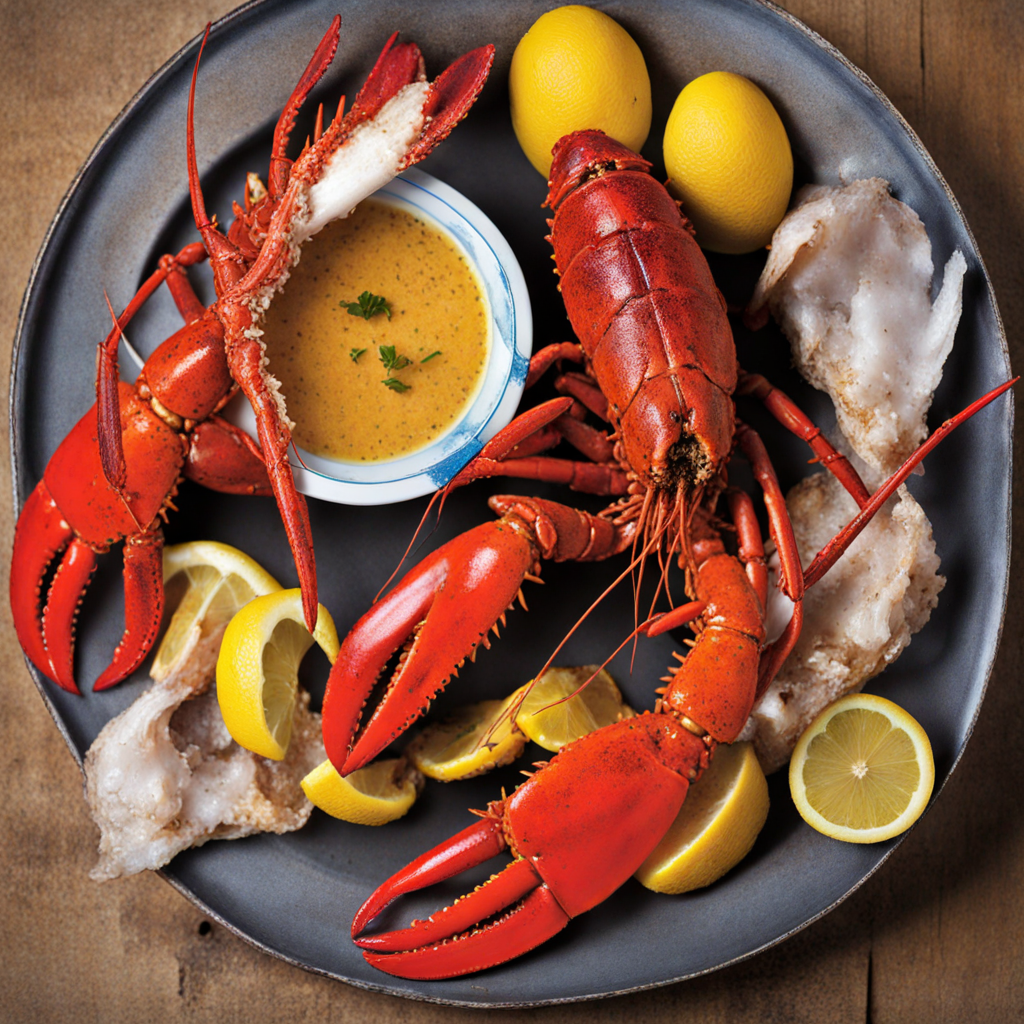Fat Cakes
Fat Cakes, also known as 'Poff Poff' in some regions, are a delightful treat from Namibia that embodies the essence of comfort food. These deep-fried dough balls are light and airy on the inside, with a crispy golden-brown exterior that is simply irresistible. Made primarily from flour, sugar, yeast, and water, the dough is allowed to rise before being shaped into small balls and fried until perfectly puffed. The result is a satisfying contrast between the crunchy shell and the soft, fluffy interior, making each bite a delightful experience. Traditionally enjoyed as a snack or breakfast item, Fat Cakes can be found at street stalls, markets, and in homes across Namibia. They are often served warm and can be enjoyed plain or dusted with powdered sugar for a sweet touch. Some variations may include fillings such as jam or savory ingredients like cheese, adding another layer of flavor that appeals to both sweet and savory enthusiasts. This versatility makes Fat Cakes a beloved treat for many, catering to different tastes and preferences. The experience of enjoying Fat Cakes is not just about the taste; it also carries a sense of community and culture. Whether shared among friends during a gathering or savored alone on a leisurely afternoon, these doughy delights evoke feelings of warmth and togetherness. Pairing them with a cup of tea or coffee enhances the experience, making Fat Cakes a perfect companion for any occasion. Discovering this Namibian delicacy is sure to ignite your taste buds and leave you craving more.
How It Became This Dish
The History of Vetkoek: A Culinary Journey from Namibia Origins of Vetkoek Vetkoek, a term that translates to “fat cake” in Afrikaans, is a beloved traditional dish that has found its way into the hearts and stomachs of many Namibians and South Africans alike. Its origins can be traced back to the Dutch settlers in the early 17th century, who brought with them a variety of culinary practices from Europe. The dish is thought to have evolved from the European tradition of deep-frying dough, a common practice in many cultures, including the Dutch, who made a variety of fried pastries. However, the true essence of vetkoek in Namibia lies in its adaptation and integration into the local culture. As the Afrikaners settled in Southern Africa, they began to incorporate indigenous ingredients and cooking methods into their dishes. This blending of cultures gave rise to a unique culinary identity that is distinctly African yet influenced by European traditions. In Namibia, vetkoek became a staple food, reflecting the resourcefulness of communities who utilized readily available ingredients to create something delicious and sustaining. Cultural Significance Vetkoek is more than just a food item; it is a symbol of community and cultural identity in Namibia. Traditionally, it is enjoyed at gatherings, celebrations, and even during everyday meals. The preparation and sharing of vetkoek often brings families together, reinforcing social bonds and traditions. In many households, the act of making vetkoek is passed down through generations, with each family adding their unique twist to the recipe, whether it be through the addition of spices, fillings, or cooking methods. In Namibia, vetkoek is commonly served with various fillings, such as minced meat, curry, or even sweet fillings like jam or honey. This versatility allows it to be consumed at any time of the day, making it a popular choice for breakfast, lunch, or dinner. The dish's ability to be adapted to suit different tastes and occasions is a testament to its significance in Namibian culture. Moreover, vetkoek has found its place in the street food scene, where vendors offer freshly made vetkoek filled with savory or sweet fillings, creating a vibrant culinary landscape. The street food culture surrounding vetkoek not only provides economic opportunities for many but also fosters a sense of community, as people gather around food stalls to share stories and enjoy each other's company. Development Over Time As Namibia underwent significant political and social changes throughout the 20th century, so too did its culinary landscape. The country’s independence in 1990 marked a new era for Namibian cuisine, where traditional foods like vetkoek began to reclaim their place in a rapidly modernizing society. The rise of nationalism and pride in local heritage led to a renewed interest in traditional recipes, with vetkoek being a prime example of this culinary renaissance. In contemporary Namibia, vetkoek has evolved into more than just a traditional dish; it has become a canvas for culinary creativity. Chefs and home cooks alike experiment with fillings, incorporating international flavors and ingredients while still honoring the dish's roots. For instance, one might find vetkoek stuffed with spicy peri-peri chicken, avocado, or even gourmet interpretations featuring exotic ingredients like feta cheese and sundried tomatoes. This evolution reflects a broader trend in Namibian cuisine, where traditional foods are being reimagined to cater to a younger, more cosmopolitan audience. Food festivals and culinary events across the country celebrate this fusion, allowing chefs to showcase their innovative takes on classic dishes, including vetkoek. Furthermore, the global interest in authentic and traditional foods has placed Namibian cuisine, including vetkoek, on the culinary map. Tourists seeking to experience the local culture often find themselves drawn to street vendors and restaurants that serve this delightful dish. As a result, vetkoek has transcended its humble origins, garnering recognition and appreciation beyond Namibia’s borders. Sustainability and Future Prospects As with many traditional foods, vetkoek faces challenges in the modern world. Globalization and the fast-paced nature of contemporary life have led to a shift in eating habits, with convenience often taking precedence over traditional cooking methods. However, the resilience of vetkoek and its deep cultural significance suggests that it will continue to thrive. Efforts to promote sustainable practices in food production and preparation are also gaining momentum in Namibia. Local farmers and communities are increasingly recognizing the importance of utilizing indigenous ingredients and traditional cooking methods. This focus on sustainability not only preserves culinary heritage but also supports local economies and promotes food security. The future of vetkoek appears promising, as the dish continues to adapt to changing tastes and lifestyles. With a growing interest in food heritage and a desire for authentic culinary experiences, vetkoek is well-positioned to remain a beloved staple in Namibia and beyond. Conclusion In conclusion, vetkoek is a dish that encapsulates the rich tapestry of Namibian culture and history. From its humble origins among Dutch settlers to its status as a cherished symbol of community and identity, vetkoek has evolved while remaining deeply rooted in tradition. Its versatility, cultural significance, and adaptability have allowed it to thrive through changing times, ensuring that it remains a favorite among generations of Namibians. As we look to the future, we can anticipate that vetkoek will continue to be a cherished dish, celebrated for its ability to bring people together, honor culinary heritage, and embrace innovation. Whether enjoyed at a family gathering, a bustling street market, or a fine dining establishment, vetkoek stands as a delicious testament to Namibia’s rich culinary landscape.
You may like
Discover local flavors from Namibia







